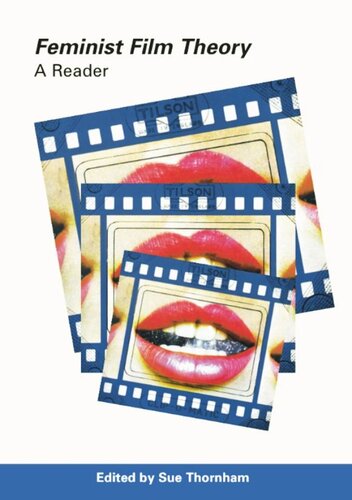

Most ebook files are in PDF format, so you can easily read them using various software such as Foxit Reader or directly on the Google Chrome browser.
Some ebook files are released by publishers in other formats such as .awz, .mobi, .epub, .fb2, etc. You may need to install specific software to read these formats on mobile/PC, such as Calibre.
Please read the tutorial at this link: https://ebookbell.com/faq
We offer FREE conversion to the popular formats you request; however, this may take some time. Therefore, right after payment, please email us, and we will try to provide the service as quickly as possible.
For some exceptional file formats or broken links (if any), please refrain from opening any disputes. Instead, email us first, and we will try to assist within a maximum of 6 hours.
EbookBell Team

4.1
30 reviewsThe book maps the impact of major theoretical developments - structuralist and semiotic theory; psychoanalysis; theories of ideology, language and discourse - on this growing field, in terms of both theoretical shifts and changes in methodologies. The relationship of feminist film theory to feminist media and cultural studies is outlined, as is the relationship between developments in feminist film theory and feminist film making. Includes readings from Laura Mulvey, Jacqueline Rose, Mary Ann Doane, Tania Modleski, Annette Kuhn, Jackie Stacey, Elizabeth Cowey, Linda Williams, bell hooks, Teresa de Lauretis. For the past twenty-five years, cinema has been a vital terrain on which feminist debates about culture, representation and identity have been fought. This anthology seeks to chart the history of those debates, bringing together the key statements in feminist film theory in Britain and the United States since 1970. The book maps the impact of major theoretical developments in this growing field - from structuralism and psychoanalysis to post-colonial theory, queer theory and postmodernism in the 1990s - interms of both theoretical shifts and changes in methodologies. Organised into six sections, the readings deal with a wide range of topics: oppressive images; woman" as fetishised object of desire; female spectatorship; film audiences; issues of fantasy and desire in popular film; and the cinematic pleasures of black women and lesbian women. The centrality of a feminist "politics of vision" unites all the readings in this book.
Key Features